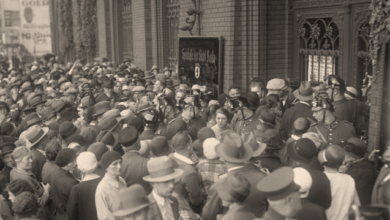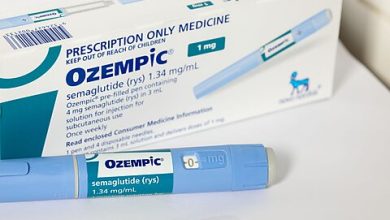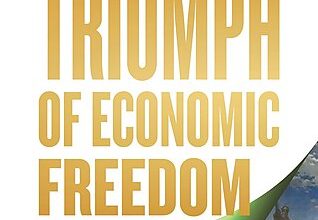Colombia Should Legalize Adult Marijuana Use Today

Any American who smoked pot in the 1970’s likely came across Colombian marijuana. In 1979, in fact, Colombia was providing “roughly two‐thirds of all the pot smoked” in the United States, according to Time Magazine. The industry certainly was illegal, but it also arose from an exemplary instance of bicultural exchange and bilateral trade. It was, after all, American Peace Corps volunteers who came across the legendary “Santa Marta Gold” strain on Colombia’s Caribbean coast, thus kicking off the country’s decade‐long “marijuana bonanza.”
The boom times for Colombian pot came to an end due to the onset of the War on Drugs—which President Nixon officially declared in 1971— and the rapid rise of indoor cannabis farming in the fifty states. Today, with nearly half of U.S. states having legalized recreational consumption, and with the end of federal prohibition perhaps in sight, is there any chance that Colombian cannabis can regain its former glory days—this time legally— in the American market? Much depends on if, when, and how federal prohibition is repealed, but also on Colombia’s capacity to reform its own byzantine drug laws.
A law approved in 1986 (no. 30) defined any quantity up to 20 grams of marijuana as the “minimum dose” for personal consumption, and it applied a series of criminal charges for its possession. In 1994, however, Colombia’s Constitutional Court ruled that no individual could be penalized for carrying said minimum dose. However, the law, which is still in effect, makes it a criminal offense to possess or carry a narcotic, “whatever its quantity, for the purpose of distribution or sale.”
As I wrote in Foreign Policy, the minimum dose rule provides a good example of Colombia’s trademark legalism: unless one grows cannabis oneself (more on which later), the only way to obtain a legal gram for personal consumption—or 20—is by buying it, illegally.
Eventually, local drug warriors would have their say. In 2009, former president Alvaro Uribe passed a Legislative Act (no. 2) which altered Article 49 of the constitution so as to prohibit “the possession and consumption of narcotic or psychotropic substances, unless prescribed by a medical doctor.” The following year, Uribe’s government introduced a bill (Law 248) that sought to regulate the legislative act and criminalize the minimum dose. The objective, professors Hernando Londoño and Adrian Restrepo argue, was to bolster the war against the drug cartels by targeting internal consumption. This latter initiative failed and the minimum dose was maintained. Nonetheless, by enshrining drug prohibition in the constitution, Uribe made any future reform of the country’s drug laws extremely difficult.
In 2015, when the government of former president Juan Manuel Santos sought to legalize medical marijuana, it had to resort to a decree (2467) that expanded on Law 30 of 1986. The decree regulated cannabis production for “strictly medical or scientific purposes.” While legalizing the medical use of marijuana was a step in the right direction, the local industry has been saddled by red tape.
For instance, physicians still are allowed to prescribe only manufactured cannabis‐based products, not dry cannabis flower. Also, the use of CBD—a multibillion‐dollar industry in the U.S.—is not allowed in Colombian food, beverages, supplements, or veterinary products. Since the local market has not been allowed to develop, local cannabis firms—including a few that raised funds in the U.S. and are even listed on the Nasdaq—are on the verge of bankruptcy. Potential investors, meanwhile, are eyeing other markets, and rightly so.
The black market, however, has thrived, not least because the 2015 decree allowed the “self‐cultivation” of up to 20 cannabis plants for personal use without a license from the Health Ministry. Since each plant can produce around a kilo of marijuana, massive amounts of pot are grown legally, only to be transported and sold illegally. Which is to say, Colombian lawmakers have created the worst of all worlds for consumers and legal producers alike, this in spite of the industry’s immense potential to generate profits, jobs, and tax revenues.
But Colombia’s Congress now has a chance to unravel the marijuana muddle. A new Legislative Act, introduced by Representative Juan Carlos Losada, a member of the Liberal Party, seeks to insert an exception for adult, recreational cannabis consumption into Article 49 of the constitution. This would create a legal market to buy, sell, and distribute marijuana in Colombia. After being approved in seven debates in Congress, Losada’s project faces one final hurdle in the Senate on Thursday, June 15.
Legislators should approve the measure. Colombian conservatives should keep in mind that extreme leftist Gustavo Petro, the current president, did not bring forth the initiative (despite his supposedly revolutionary stance against the drug war). Hence, supporting marijuana legalization does not involve supporting the government. Center‐right politicians also should remember the words of the great Alvaro Gómez, the conservative leader who warned as early as 1976 that the war on drugs was doomed to failure.
Regulating marijuana use for adults, on the other hand, implies seizing the local market from violent, criminal gangs and leaving it in the hands of the legal, regulated businesses that can assure quality, safety, and transparency. Eventually, when the United States and other countries open their markets to cannabis products from other latitudes, Colombia can regain its standing as a global exporting powerhouse. Far more than foreign aid handouts, the country could use a legal marijuana bonanza.





